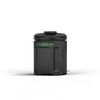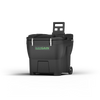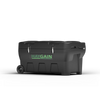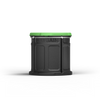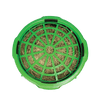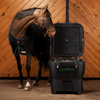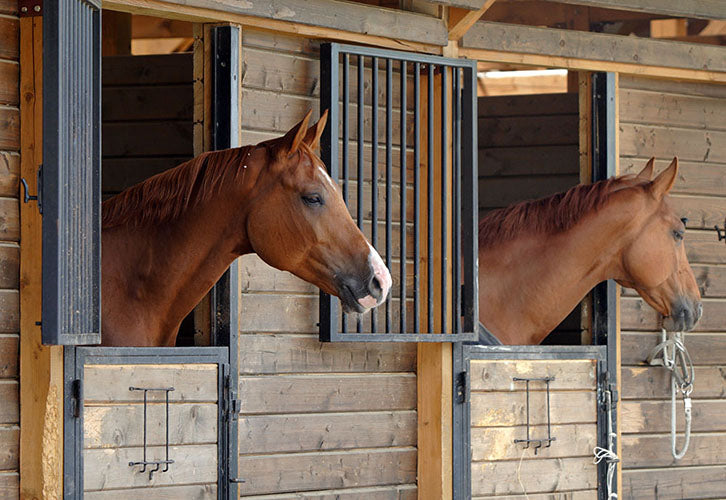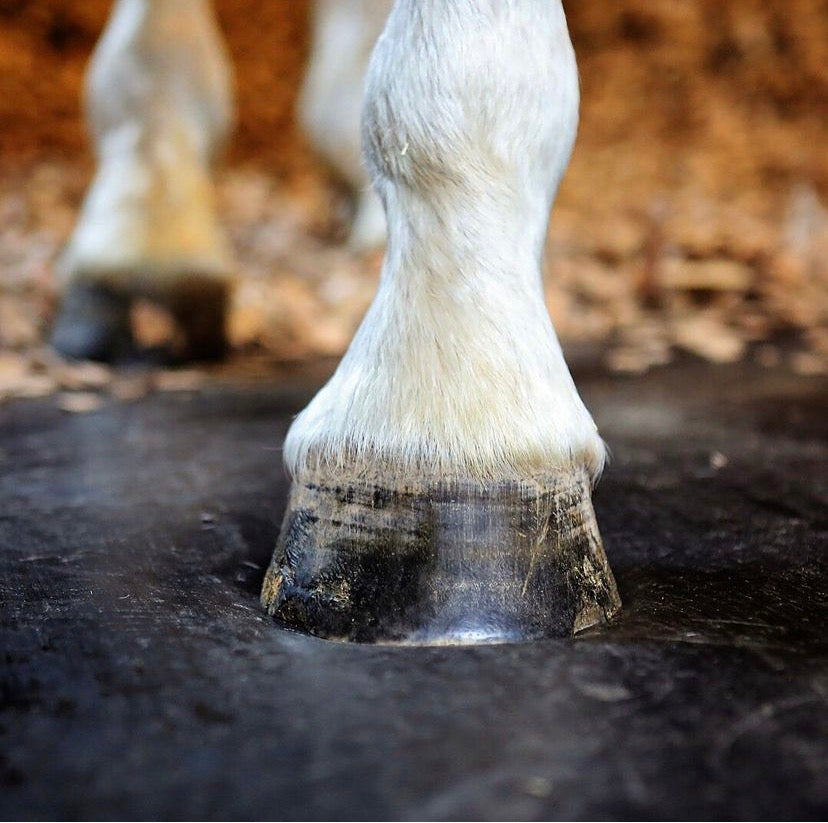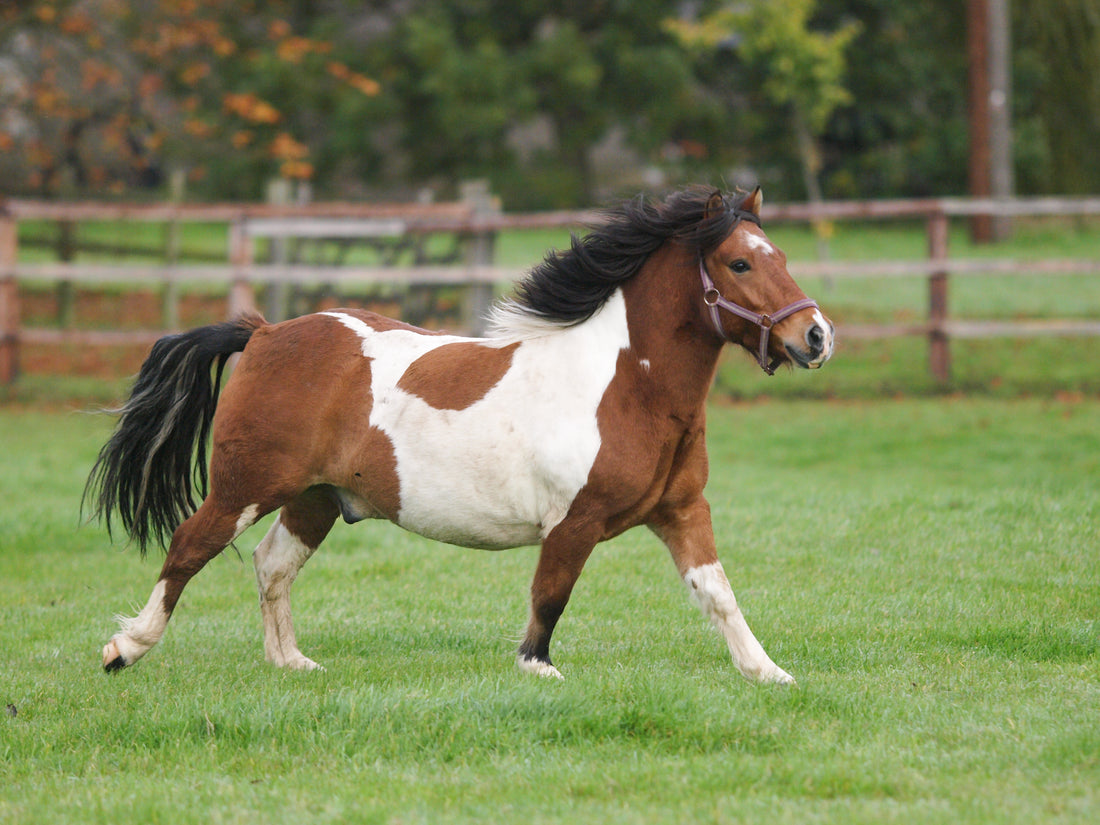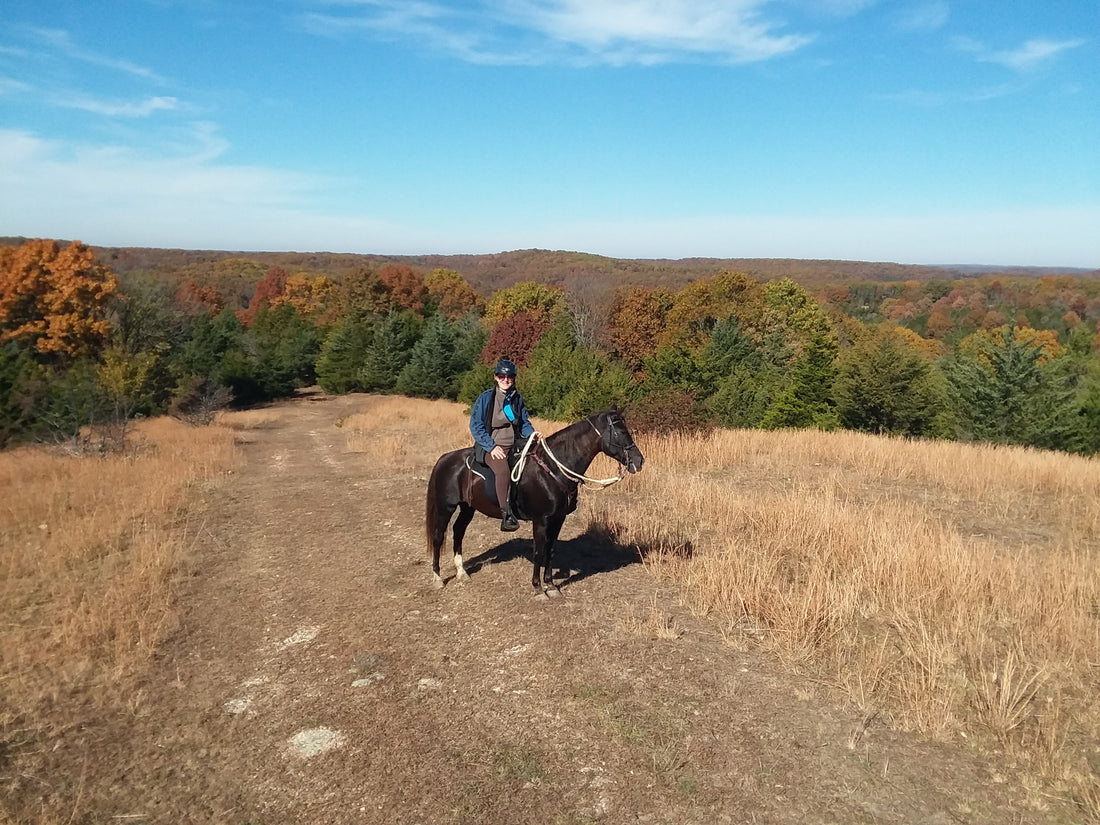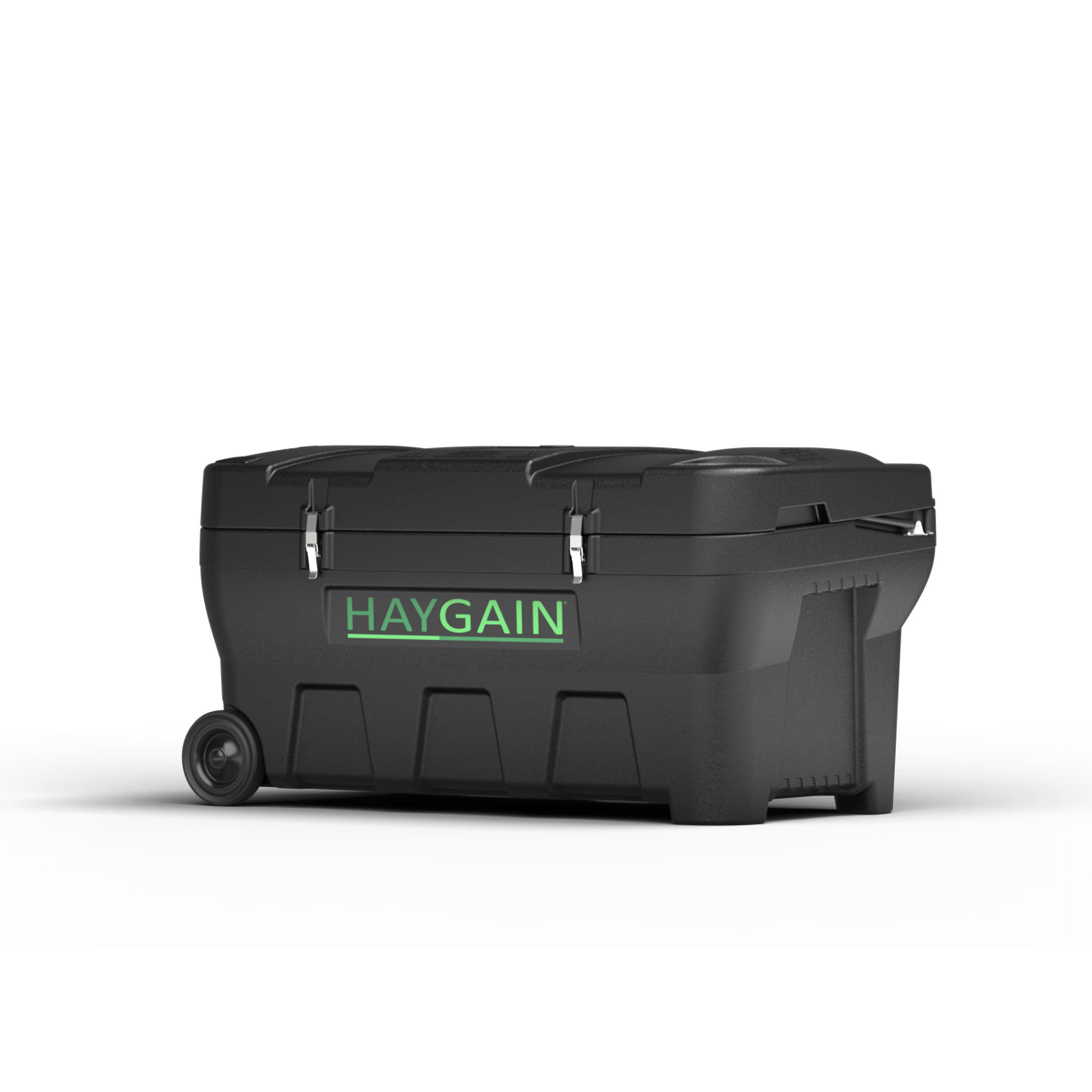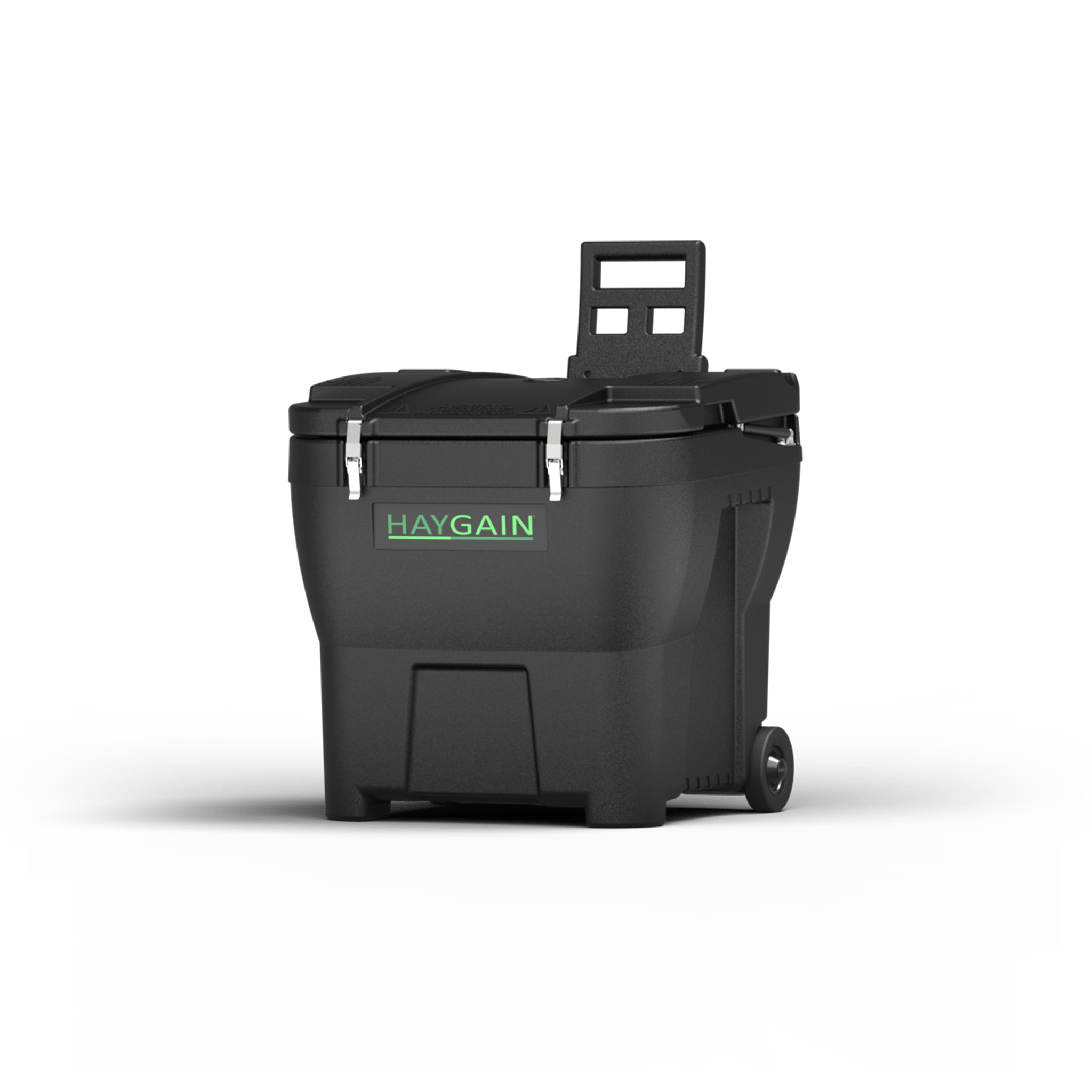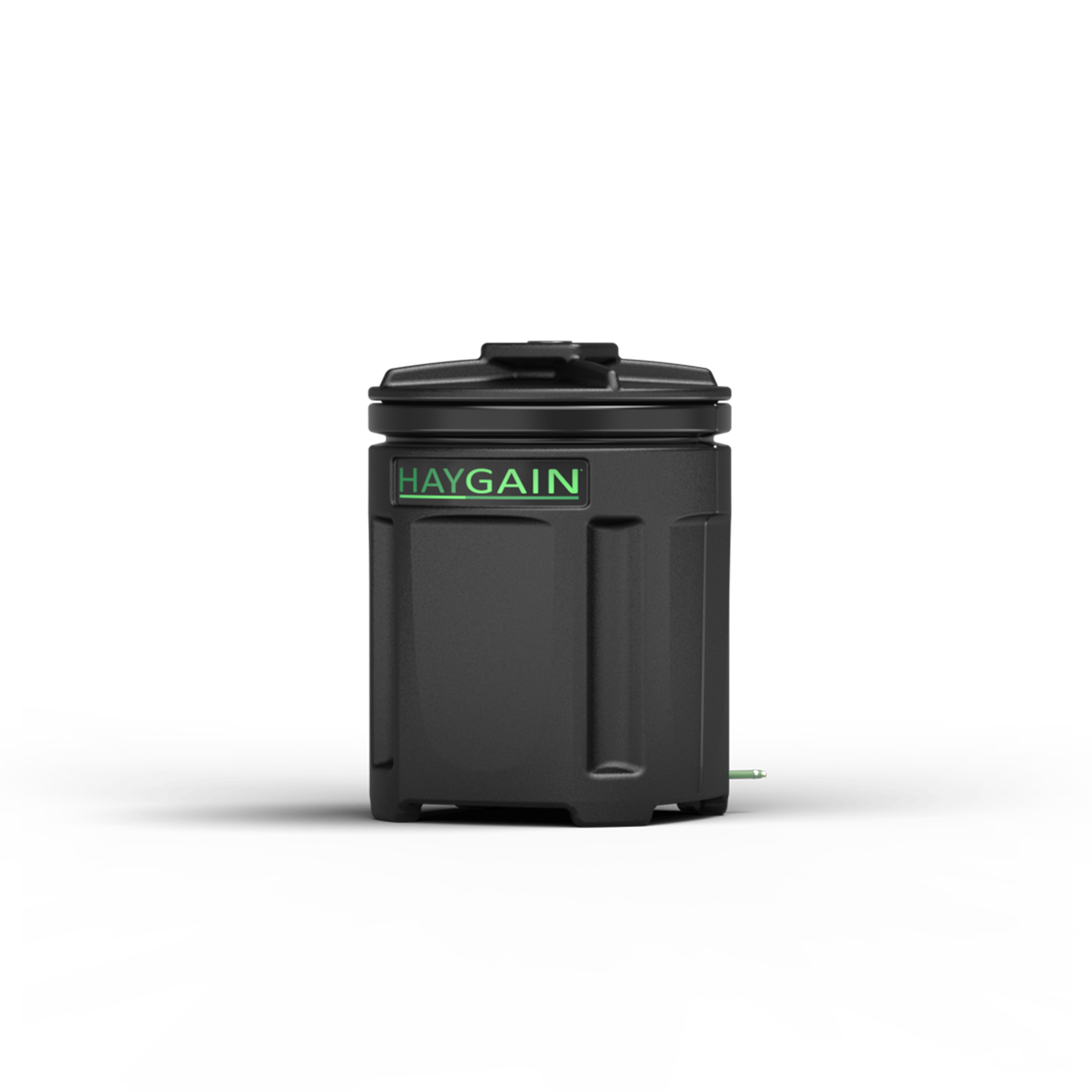Respiratory problems in horses: Part 2
Dr David Marlin is a scientist with over 25 years experience in physiology and biochemistry. In part 2, of his series on Equine Respiratory Disease, Dr Marlin discusses how to reduce your horse's risk of respiratory disease.

Dr David Marlin
Scientific and Equine Consultant, Feb 3, 2020

How can you reduce the risk of respiratory disease in your horse?
Many studies have shown that a major factor in respiratory disease in horses is the air quality in the stable although even horses that live out 24/7 can develop respiratory disease. The main factors that relate to air quality in the stable are the hygienic quality of bedding and forage, the flooring and the ventilation. Several studies have shown that people working with horses in stables for 6-8 hours each day have increased respiratory symptoms compared with those who don’t work in stables, so it is clear that if a horse is breathing the same air for 3-4 times longer each day that the effect on respiratory health will be even greater.
Stable Flooring:
The ideal flooring is a sealed rubber floor with a built-in fall towards a drain or the stable door that is easy to clean with a pressure washer or hose and brush. A sealed floor allows the amount of bedding in the stable to be reduced which in turn reduces the amount of dust in the stable. Rubber floors can be sterilized reducing the amount of bacteria on the floor and reducing the production of ammonia. Hard rubber mats can make things worse if not sealed as the urine gets between and under the mats where bacteria convert the urea in urine to ammonia. If you can smell ammonia then this is already at the level that will irritate your horse airways. Hard rubber floors are also colder and may discourage horses from lying down. They may also increase the risk of horses slipping, particularly when they rise from lying down. ComfortStall is a completely sealed flooring system which can easily be kept clean and keep stables ammonia free and may also encourage horses to spend more time lying-down which is essentially for REM sleep in horses and proper rest.
Bedding:
The ideal bedding is dust free, absorbent, inexpensive and quick to muck-out. In the past 25 years in professional racing and sport horse yards, large-chip shavings have essentially replaced straw as the first-choice bedding. However, recent studies showed that horses actually lay-down more on straw than on shavings when placed over normal hard floors or hard rubber matting.

Stable Management:
Don’t be tempted to muck-out with your horse in the stable. The process of mucking out raises a tremendous amount of respirable dust into the air which will hang around for at least 30 minutes. Try to make sure all windows and doors are open when you muck-out and wait at least 30 minutes before putting your horse back in the stable.
Ventilation:
Many stables have poor ventilation and this can be made worse when owners shut windows and stable top-doors during poor weather. Horses with blankets on are perfectly able to cope with drafty well-ventilated stables. The dislike and concern over drafts is a human problem not a horse one. Closing the stable top-door and window over a single night may be enough to cause a significant respiratory problem in more susceptible horses.
Feeding:
Feeding forage and hard-feed (wetted) from the floor will encourage head lowering.
Forage:
The ideal forage will have a low level of respirable dust (dust of a size that can be breathed into the lungs – only dust particles of a particular size reach the lower lungs. Large particles are trapped in the upper airways and very small particles are breathed in and then back out). Soaking hay has been shown to reduce respirable dust but takes up a fair amount of time and effort and soaking tubs need regular cleaning or else they become unhygienic. Soaking also reduces the nutritional value of the hay as water soluble vitamins, minerals and carbohydrates (sugars) are lost into the water. This can be an advantage in managing some horses (e.g. laminitics). Steaming hay is an excellent option. Not all steamers perform as well, but good ones significantly improve the hygienic quality of the hay, are quick and simple to use and result in virtually no loss of nutrients.
Turnout:
Time out of the stable is extremely beneficial in reducing respiratory disease, especially if horses can perform grazing behavior. If there is concern about the amount of fresh grass horses will eat, then rather than shorten or avoid grazing, the use of grazing muzzles should be considered. These restrict the amount of grass the horse can actually eat but at the same time the horse is out of the stable (which reduces exposure to stable “dust”) and has its head lowered (which aids clearance of material from the airways). Even turnout in bare paddocks with steamed hay fed from the floor is beneficial to maintain respiratory health compared with stabling.
Vaccination:
Keeping your horse up to date with relevant vaccinations. Vaccination may or may not prevent your horse from infectious disease. However, in most cases, if a vaccinated horse does contract an infection then the severity and duration are usually reduced compared with un-vaccinated horses.
Disinfectants:
By all means use disinfectants perhaps once a week when you give the stable a thorough clean-out but be careful what you use and follow the manufacturers instructions. Using certain disinfectants (e.g. Jeyes Fluid) in confined spaces such as stables can damage the horses’ airways.

Travelling:
Travelling can cause respiratory disease or worsen symptoms in horses with existing problems such as RAO. Always check your horses’ temperature before travelling. If your horse has a temperature then it is unwise to travel and compete as the risk of respiratory disease will be increased. Travel with good ventilation and make sure forage is soaked or feed steamed hay or haylage and use a low dust bedding. The longer the journey the more important it is to think about respiratory disease.
Nutritional Support:
The horses’ airways and lung tissue contain high levels of the antioxidant Vitamins, Vitamin C (mainly in the fluid lining the airways) and Vitamin E (in the lung tissue itself). These reduce the effect of pollution which can generate free radicals and cause or worsen inflammation. Vitamin E and Vitamin C also help to control “damage” to the lung caused by its own defense mechanism which are activated by molds, pollens, viruses and bacteria. Feeding a supplement high in Vitamin E and Vitamin C has been shown to be effective in reducing the severity of respiratory symptoms in horses whether they are affected by equine asthma (RAO, COPD, IAD, SPAOPD) or not. If your horse is at risk of developing respiratory symptoms or has ongoing low grade respiratory symptoms then feeding an appropriate respiratory supplement should help. With reference to Vitamin C, supplements that contain L-ascorbic acid are very poorly absorbed by horses so you should be looking for a supplement which includes Ascorbyl Monophosphate as the source of Vitamin C (Deaton, Marlin, Smith et al., 2003). Ascorbyl palmitate is also well absorbed by horses but is not particularly stable in supplements. With Vitamin E, look for natural supplements with Vitamin E which is more active than synthetic Vitamin E.
Scoping:
Because horses can often have mild-moderate respiratory disease and not show any signs, if you are competing then it’s advisable to ask your vet to ‘scope your horse at the start of the season, mid-way through the season and at least 2-3 weeks before any major or important competitions or for any event where you might have to travel more than 6 hours. The reason for scoping 2-3 weeks in advance is to allow time for laboratory analysis of samples your vet may take from the airways, time for treatment and time for withdrawal of medication before competition.
Did you miss Part 1 of Dr Marlin’s article about equine respiratory health? Click here for the link.

How can Haygain help your horse?
Prevention is better than cure - Haygain hay steamers are the only scientifically proven method to dramatically reduce respirable dust in hay and kill mold, fungal spores and bacteria that can cause IAD. The above study found that steaming hay with a Haygain hay steamer reduced the risk of your horse developing IAD by 65%.
